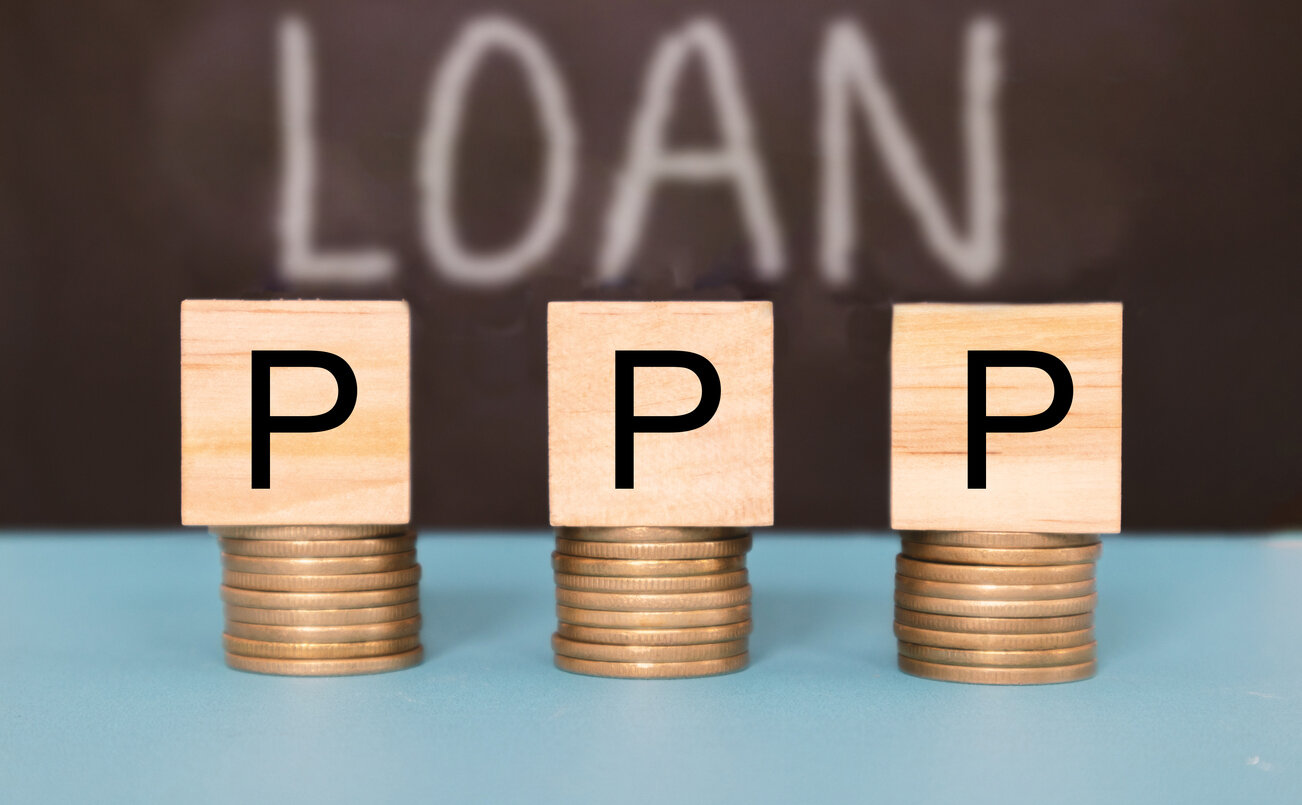Many small businesses have turned to PPP loans to pay staff and stay afloat during COVID-19. Do you fully understand the loan details, like the forgiveness terms? Here are answers to common questions about PPP loans.
The CARES Act was part of the government response to the unprecedented layoffs, closures, and economic distress experienced in the U.S. because of the pandemic. As of August 2020, the Payment Protection Program (PPP) approved over 5 million loans and over $525 billion, with an average loan size of $101,000. These loans are helping businesses maintain their payroll and stay afloat during the pandemic.
You may have questions regarding your eligibility, the loan process, and forgiveness. While the second round of PPP loans closed on August 8, 2020, a third round is still a possibility, since there is still over $133 billion in funding remaining for the program from the CARES Act.
Here are the answers to your questions about PPP loans.
What is a PPP loan?
The CARES Act implemented the PPP loan program to help small businesses continue paying staff members and avoid layoffs. In fact, PPP loans have allowed businesses to hire back employees they had already furloughed.
Am I eligible for a PPP loan?
The following businesses are eligible for PPP loans:
-
Businesses that meet size standards as outlined by the Small Business Administration
-
Sole proprietorships, independent contractors, and the self-employed
-
Businesses with NAICS Code beginning with 72 (Accommodations and Food Services) with more than one location and less than 500 employees per location
-
Nonprofits organizations, veterans organizations, or Tribal business concern, with the greater of 500 employees, or meets SBA size standard if more than 500 employees
What is the PPP loan application process like?
Business owners can apply for PPP loans through SBA lenders or through any participating:
-
Federally insured depository institution
-
Federally insured credit union
-
Farm Credit System institution
The SBA offers a list of participating lenders you can access on their website.
You can view all the components of the PPP loan application, also on the SBA website as a PDF. If a third round does happen, you’ll need to provide basic information about your business and answer a series of questions and certifications.
What are the loan terms?
The SBA outlines the PPP loan terms as follows:
-
1% interest rate
-
Loans issued before June 5, 2020, have two-year maturity
-
Loans issued after June 5, 2020, have a five-year maturity
-
Payments are deferred for six months
-
Collateral or personal guarantees are not required
-
No fees will be charged by lenders or the government
How does PPP loan forgiveness work?
Fortunately for borrowers, loans will be forgiven if certain conditions are met when using the funds. If the loan money is used for payroll costs, interest on mortgages, rent, and utilities, the full loan amount will be forgiven, according to the SBA. At least 60% of the forgiven amount must have been used for payroll.
The employer must maintain or quickly hire employees and also maintain their salary levels. The terms state that if the number of full-time employees decreases, or if salaries or wages decrease, then forgiveness will be reduced.
View all the requirements of the loan forgiveness application on the SBA website.
Note that if you submit a loan forgiveness application within 10 months of the end of the loan period, you do not have to make any loan payments until the forgiveness amount is remitted to the lender by the SBA. And if your full loan is forgiven, you don’t have to make any payments.
Do payments to contractors count as payroll costs?
Compensation that you made to an independent contractor or sole proprietor should not be included when you’re calculating your payroll costs. These individuals would likely be eligible to apply for a PPP loan on their own.
What is the maximum PPP loan amount I can receive?
The maximum PPP loan amount is 2.5 times your average monthly payroll costs, with a limit of $10 million.
But those who are self-employed and have no employees can calculate this amount in another way. Start by viewing your 2019 IRS Form 1040 Schedule C. Look at line 31, net profit amount. If this amount is greater than $100,000, reduce it to $100,000. (If this line is zero or less than zero, you’re not eligible for a PPP loan.)
Then, divide the amount by 12 (to get the monthly number). Multiply that amount by 2.5. Add any outstanding Economic Injury Disaster Loan amount made between January 31, 2020, and April 3, 2020, that you want to refinance, minus the number of any advance you received under one of these loans.
Find small business accounting help
Do you have additional questions about PPP loans? Are you unsure what your next steps should be for your business? The last few months have been challenging for small businesses in most industries.
As the future continues to remain uncertain, get the help you need to manage your finances and plan for sustainability. Work with the team at Franco Blueprint to put a more effective accounting plan in place. Contact our team for a free consultation.


